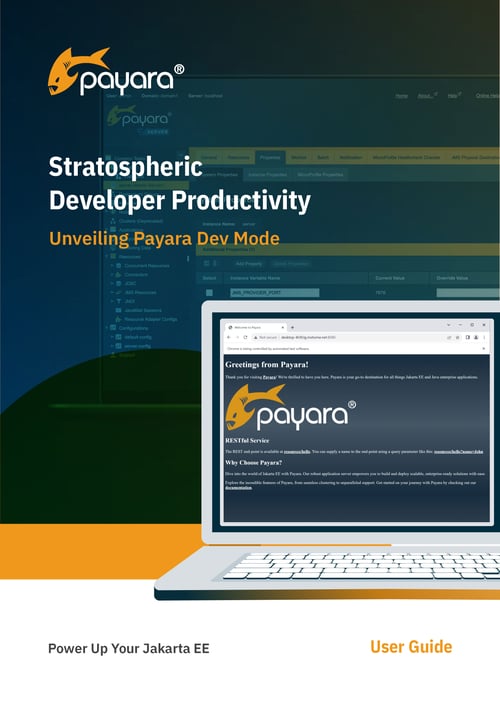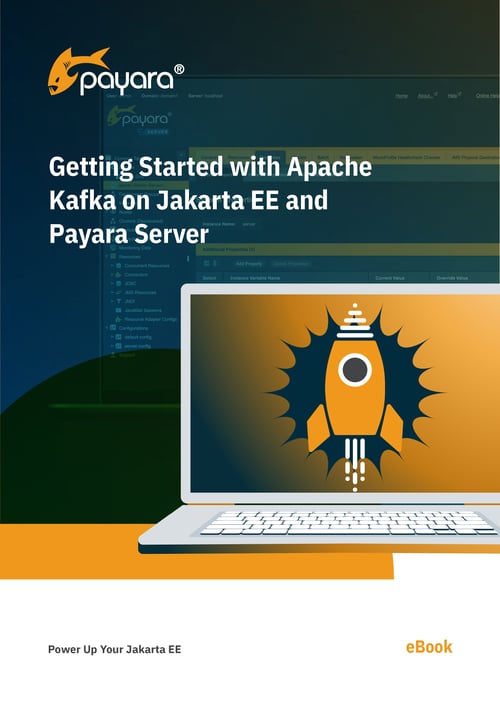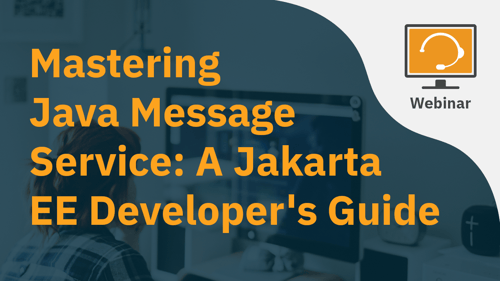The Payara Monthly Catch - April 2024
Published on 29 Apr 2024
by Chiara Civardi
Topics:
Java EE,
Payara Micro,
Microservices,
JakartaEE,
Payara Server,
New Releases,
Payara Events,
Payara Enterprise,
Payara Community,
Payara Cloud
|
0 Comments
All aboard, Payara Community! It's time to hoist the sails and set course for new adventures in May. But before we do, let's take a look back at the treasures we uncovered in April. We've gathered our favorite catches from the depths to share with you, ready to power up your Jakarta EE applications and propel you towards success! Join us as we navigate through the highlights of the month in our latest roundup
How To Administer Payara Server From The Command Line With asadmin
Published on 26 Apr 2024
by Andrew Pielage
Topics:
Payara Micro,
Payara Server
|
0 Comments
Introduction
The asadmin Command Line Interface (CLI) is a mean of controlling Payara Server from the command line (or terminal, if you prefer). It allows you to start, stop or edit the server in a number of ways. While to some the administration console is the go-to for any administration that needs to be done, the CLI can be a potentially quicker and easier way of performing any administration tasks, particularly when dealing with headless servers, i.e. a server without a GUI.
Streamlining Payara Micro Development with Dev Mode
Published on 24 Apr 2024
by Gaurav Gupta
Topics:
Maven,
Payara Micro,
IntelliJ,
payara starter
|
0 Comments
Introduction
Payara Micro, a lightweight and flexible microservices runtime platform, offers a seamless development experience through its Maven plugin. In this guide, we'll explore the Dev Mode of Payara Micro Maven plugin, focusing on the dev goal. This goal is tailored to streamline development by enabling various features for an efficient workflow.
Join Live Webinar - AI on Jakarta EE: A Hands-On Exploration of Toolkits and Libraries
Published on 22 Apr 2024
by Dominika Tasarz
Topics:
JakartaEE,
news and events,
Payara Events,
AI
|
0 Comments
Join us for our next free virtual event to take the first step towards building AI-powered Jakarta EE applications:
AI on Jakarta EE: A Hands-On Exploration of Toolkits and Libraries
Tuesday, the 30th of April, 2pm BST
Register: https://www.crowdcast.io/c/wfynmcu0b5cm
Stratospheric Developer Productivity - Unveiling Payara Dev Mode
Published on 19 Apr 2024
by Chiara Civardi
Topics:
Maven,
Payara Micro,
DevOps,
Payara Platform,
Java,
Jakarta EE
|
0 Comments
Development productivity is crucial in Enterprise Java and Jakarta EE application development, supporting the delivery of high-quality software solutions quickly and efficiently. As a result, it is necessary to focus on streamlining development processes, optimizing resource utilization and empowering developers to work more effectively. Payara Micro Maven Plugin, Version 1, introduces a powerful tool – Dev Mode – designed to supercharge your development experience with Payara Micro.
In our latest User Guide - available to download here - we look at this plugin, exploring its features, configurations and usage to help developers unlock stratospheric levels of productivity.
Getting Started with Apache Kafka on Jakarta EE and Payara Server
Published on 18 Apr 2024
by Chiara Civardi
Topics:
Apache,
Payara Server,
Jakarta EE
|
0 Comments
When dealing with complex distributed systems, decoupled, asynchronous communications may be more suited to support the exchange of information between different parts of a system, or even completely different systems. In effect, this decoupling makes it possible for different parts of a system to interact without being directly connected, enhancing scalability and fault tolerance. It is possible to set up such communications through a messaging platform like Apache Kafka and design highly scalable applications.
Our new eBook - available to download here - discusses how to use Apache Kafka for Jakarta EE Platforms that use Payara Server.
Watch webinar recording - Mastering Java Message Service: A Jakarta EE Developer's Guide
Published on 15 Apr 2024
by Chiara Civardi
Topics:
JMS,
news and events,
Payara Events,
Jakarta EE
|
0 Comments
Asynchronous communications are an essential elements of flexible and scalable Jakarta EE applications, as they can support the independent processing of multiple tasks, leading to improved performance and responsiveness. This webinar with Petr Aubrecht & Luqman Saeed - watch here - delves into the world of Java Message Service (JMS) and its integration within Jakarta EE applications to help developers harness the power of asynchronous communications and messaging for enhanced architectures.
Harness the Power of Java 21 for Your Enterprise Applications – Seamlessly Deploy with Payara Cloud
Published on 12 Apr 2024
by Rohan Parekh
Topics:
Payara Cloud,
Java 21
|
0 Comments
What’s New In The April 2024 Payara Platform Release
Published on 10 Apr 2024
by Luqman Saeed
Topics:
Payara Platform,
New Releases
|
0 Comments
We're excited to announce the April 2024 release of Payara Platform! This update includes a mix of critical bug fixes, component upgrades, and exciting new tools in the Payara Tooling Ecosystem. Our enterprise customers will particularly benefit from the new Diagnostics Tool and Dependabot scanner, designed to streamline operations and security. Also, everyone gets a glimpse into the future with the Payara 7 Alpha 1 preview!
Expressive REST Resources with Java Records and Jakarta REST
Published on 09 Apr 2024
by Luqman Saeed
Topics:
REST,
Java,
Jakarta EE
|
0 Comments
Modern web applications often adopt a layered architecture to separate concerns and improve maintainability. In this paradigm, your REST API acts as a communication layer, exposing resources to clients while interacting with the deeper layers of your application. Leveraging Java Records as Data Transfer Objects (DTOs) in this context helps to simplify the design of your REST resources, making them more expressive and easier to work with.








